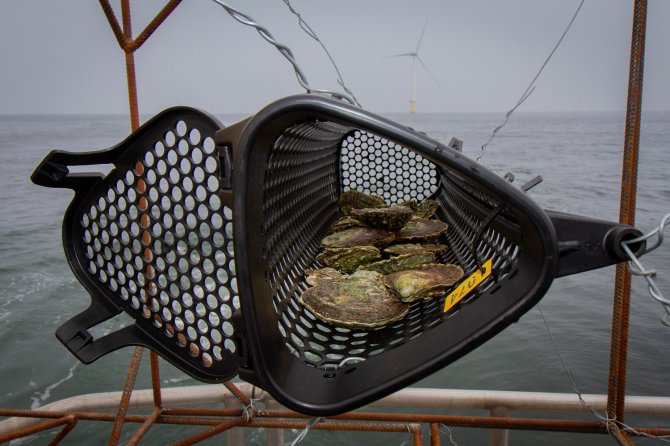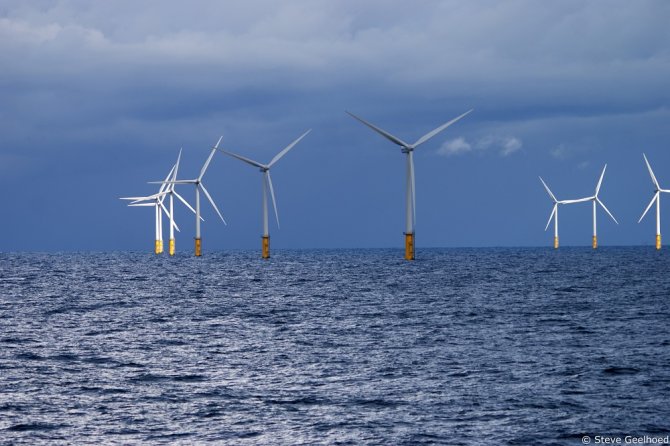
Interview
Nature development in the North Sea
Developments in the North Sea, such as the construction of wind farms, offer opportunities for nature development. A more diverse nature is more resilient to human impacts, including climate change.

Initiatives have been launched in the Netherlands and neighbouring countries to return the native oyster to the North Sea. This is only possible, however, in locations without trawler fisheries.

In the future, the artificial reefs may become so productive that they can yield oysters, fish or lobster harvests.